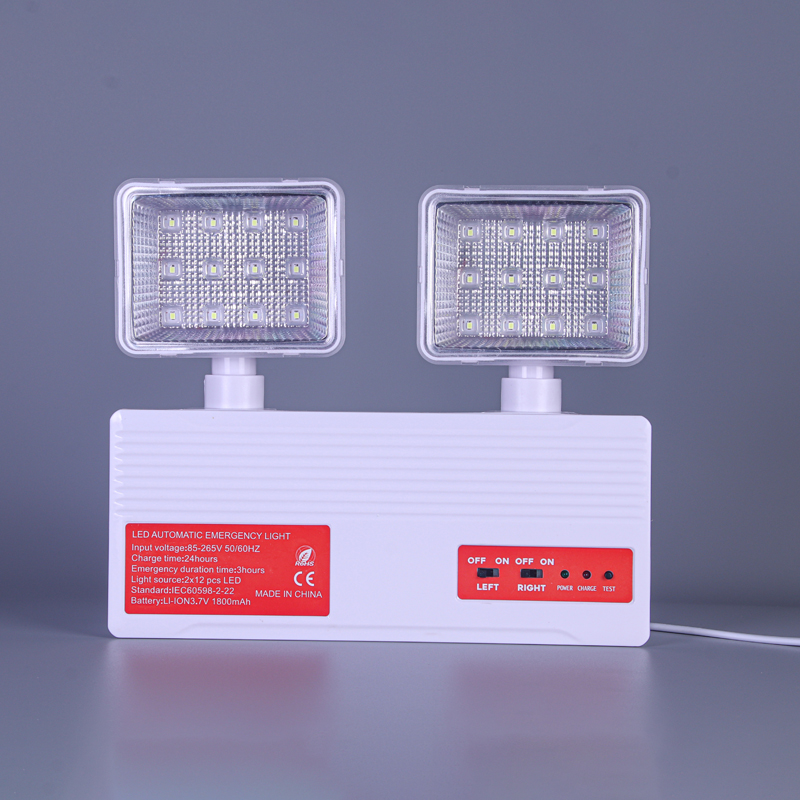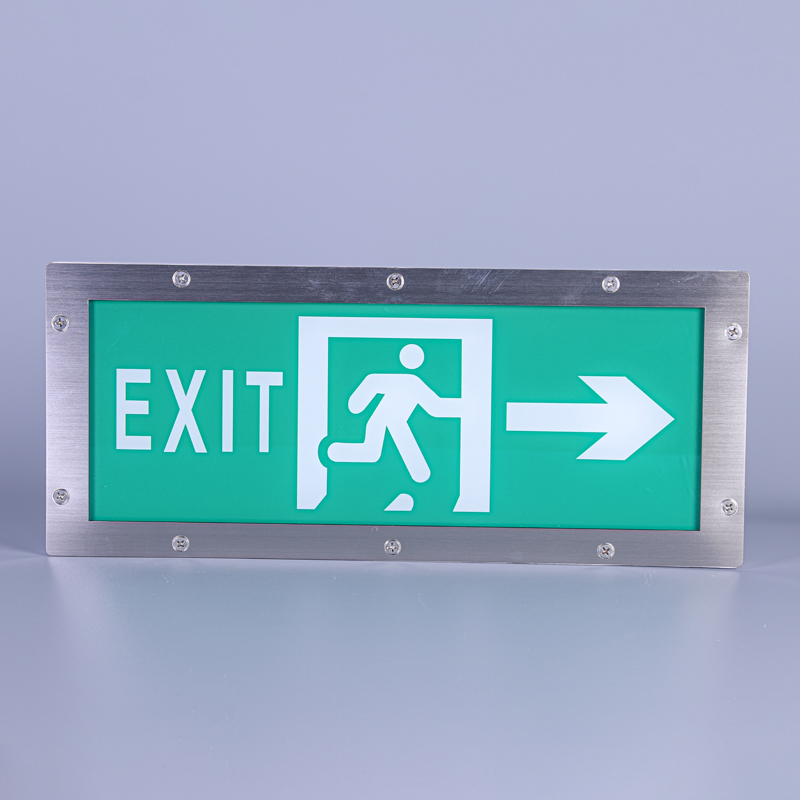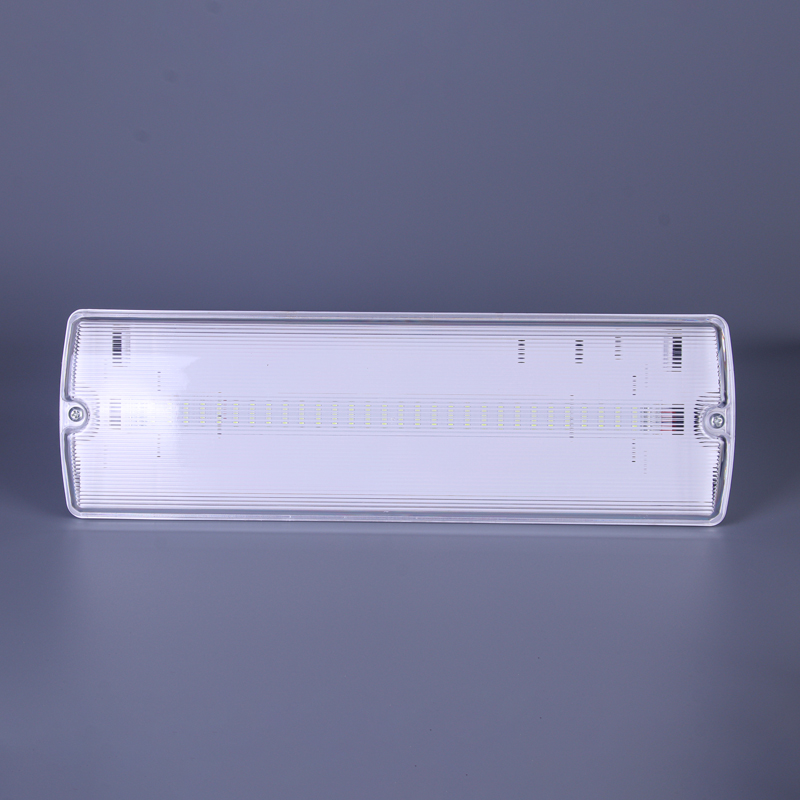
What is the difference between emergency lamps
What is the difference between emergency light lamps?
Emergency lighting is our indispensable assistant in situations where the main lighting is out of order. Imagine that the light has turned off in the elevator, or the fire alarm has worked in your office - emergency lamps continue to work, guaranteeing safety and the possibility of movement. But how are they arranged and how are they different from ordinary lamps?
Types of emergency lighting:
There are different types of emergency lamps, and their differences are in the power source. The most common are lamps with a battery. Such lamps store energy in the batteries that are recharged from the network, and in case of power outage, they are automatically turned on. Their advantage is that they work autonomously, do not depend on permanent power supply. There are also emergency lighting systems that are connected to reserve power supply. This type is more complicated, but guarantees uninterrupted work in a wide range of situations. It is like a reliable consideration for your home or office.
Lighting operating time:
Another key difference is the operating time of emergency lamps. It can vary depending on the type and size of the battery. To ensure safety for enough time, accumulators in emergency light lamps are designed for prolonged functioning in case of an emergency situation. For example, for evacuation from the building in the case of a fire, lighting is necessary, which works for a certain period. Manufacturers indicate the time of work on technical documentation so that you can choose the right option for your needs.
Installation and maintenance:
The issue of installation is also important. Emergency lamps need a special installation, often with certain installation requirements and to the location. The correct installation provides reliable operation of the emergency lighting system. In addition, you need to remember that emergency lighting requires regular service. This means periodic verification of the performance of the lamps, the replacement of nutrition and accumulation elements, to prevent failures at a critical moment. Regular maintenance is a guarantee of safety in unforeseen circumstances.
AppropriateProducts
Corresponding products
The best soldproducts
The best -selling products-
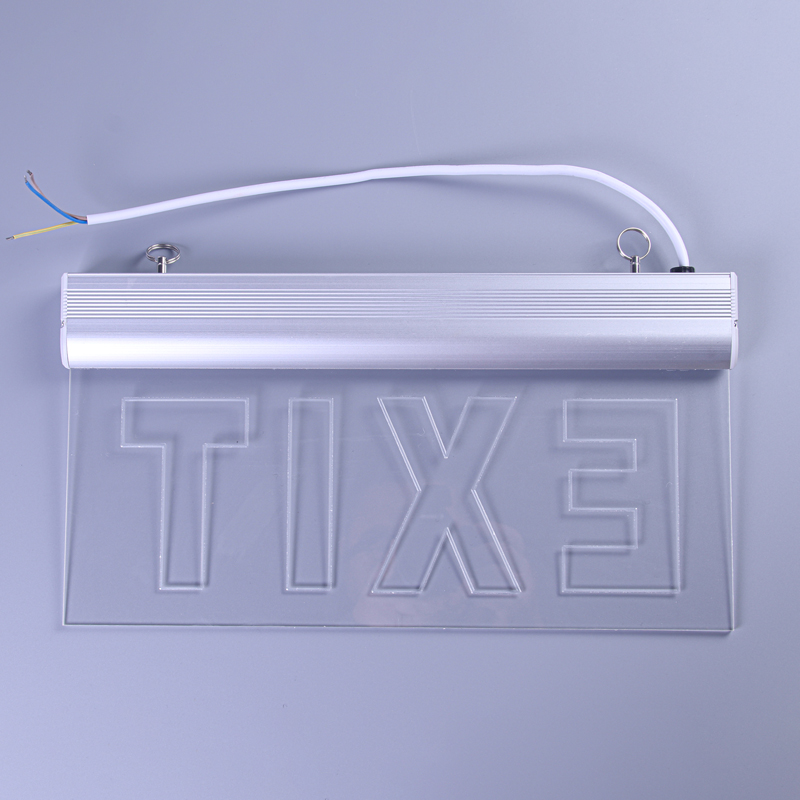 LED emergency lamp 3W output sign
LED emergency lamp 3W output sign -
 3W LED output emergency lamp
3W LED output emergency lamp -
 Lithium battery of 80 LEDs Emergency LED lamp
Lithium battery of 80 LEDs Emergency LED lamp -
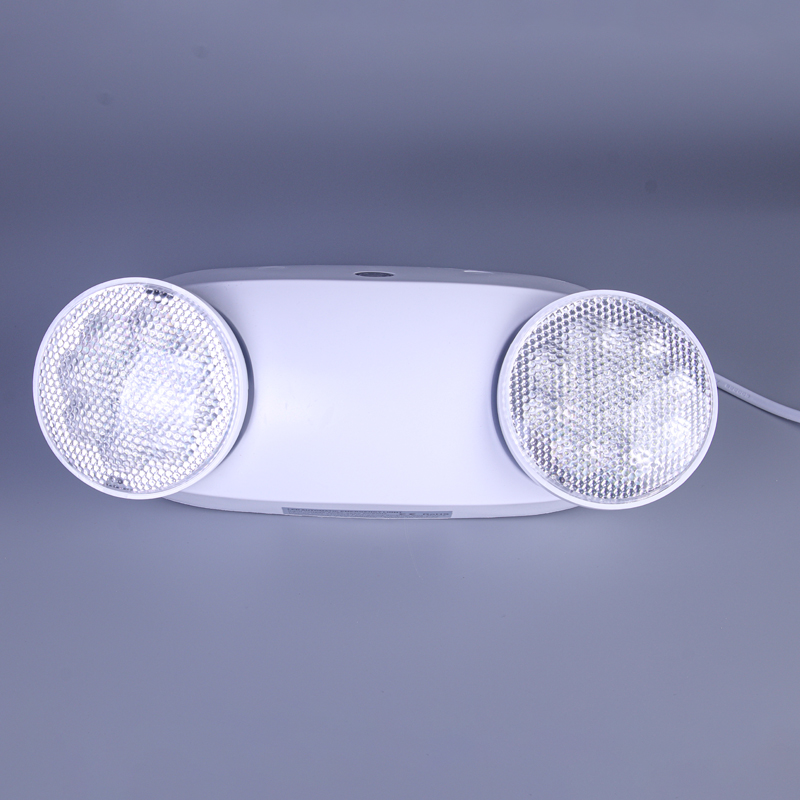 LED emergency two -headed lantern on the battery 6 W
LED emergency two -headed lantern on the battery 6 W -
 3 watts rechargeable Avaritic light emergency emergency emergency
3 watts rechargeable Avaritic light emergency emergency emergency -
 Wall ABS Red LED emergency exit with the battery
Wall ABS Red LED emergency exit with the battery -
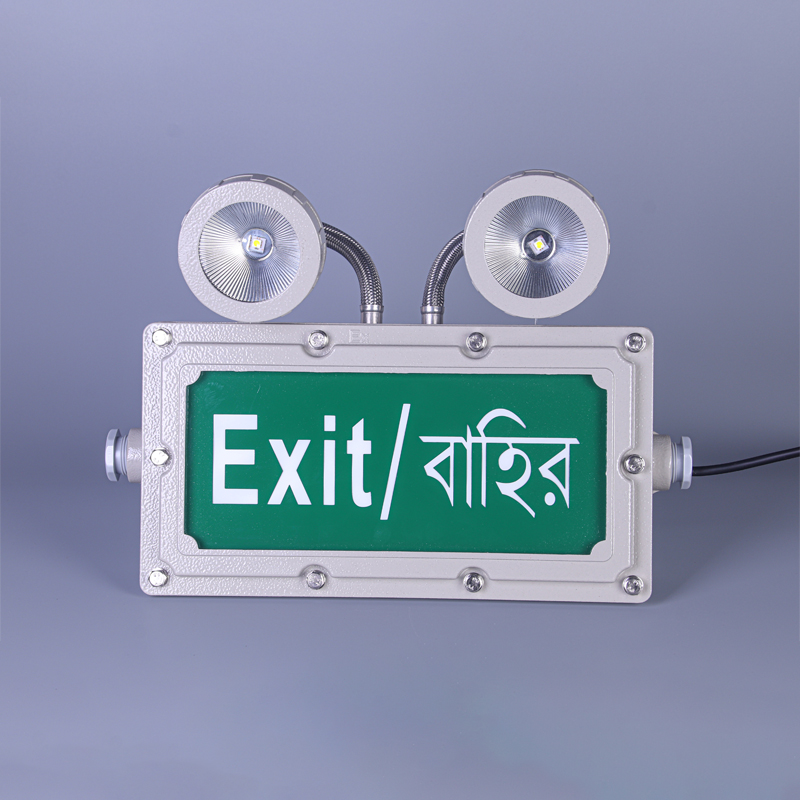 Double head 3W Explosion -proof LED output of emergency lamps
Double head 3W Explosion -proof LED output of emergency lamps -
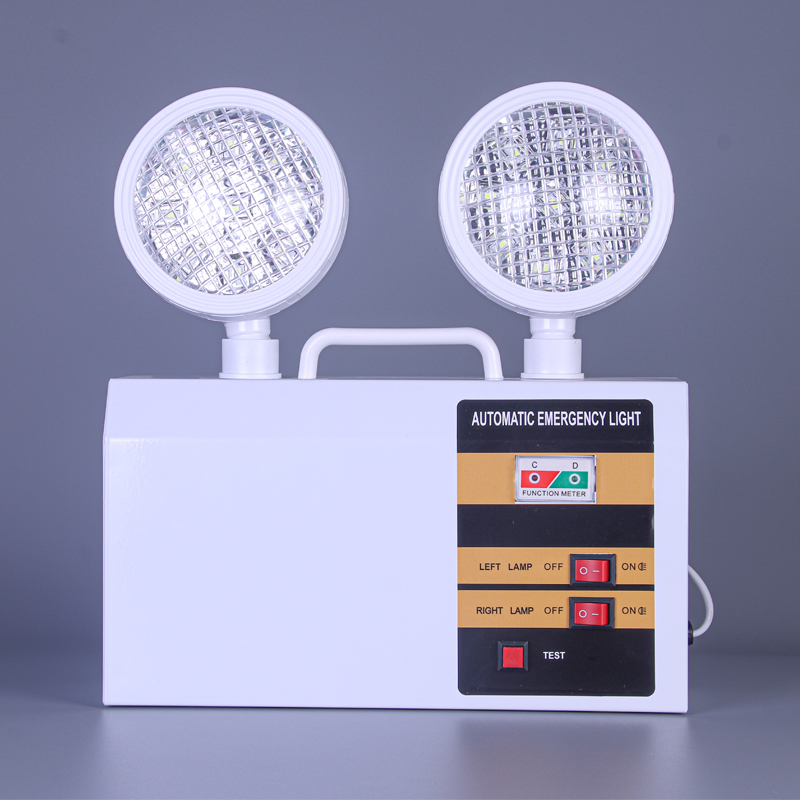 9 W rechargeable LED emergency lanterns with two heads
9 W rechargeable LED emergency lanterns with two heads -
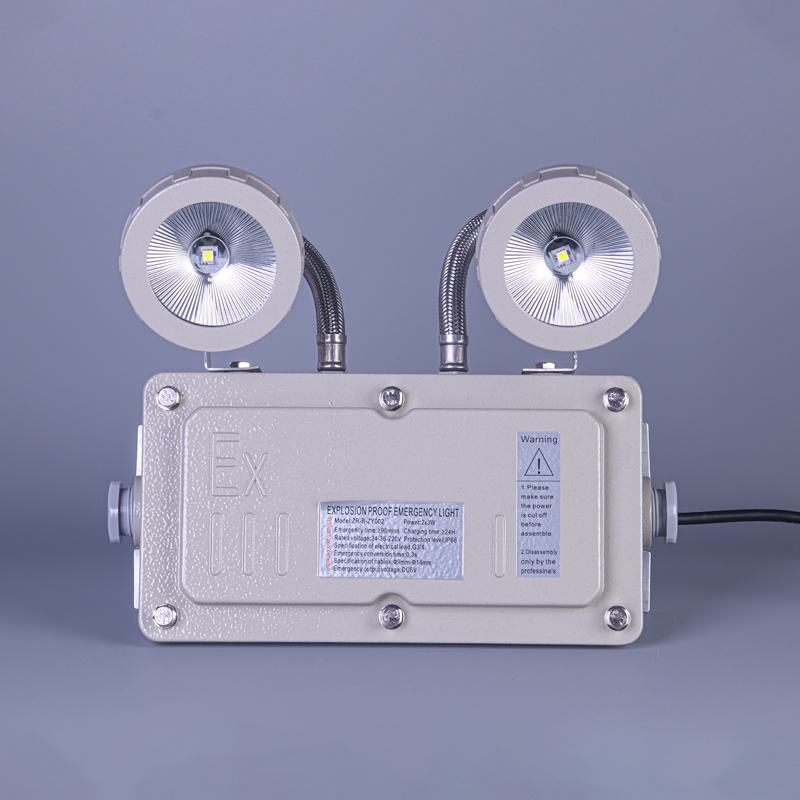 Explosion -proof LED emergency lamp
Explosion -proof LED emergency lamp -
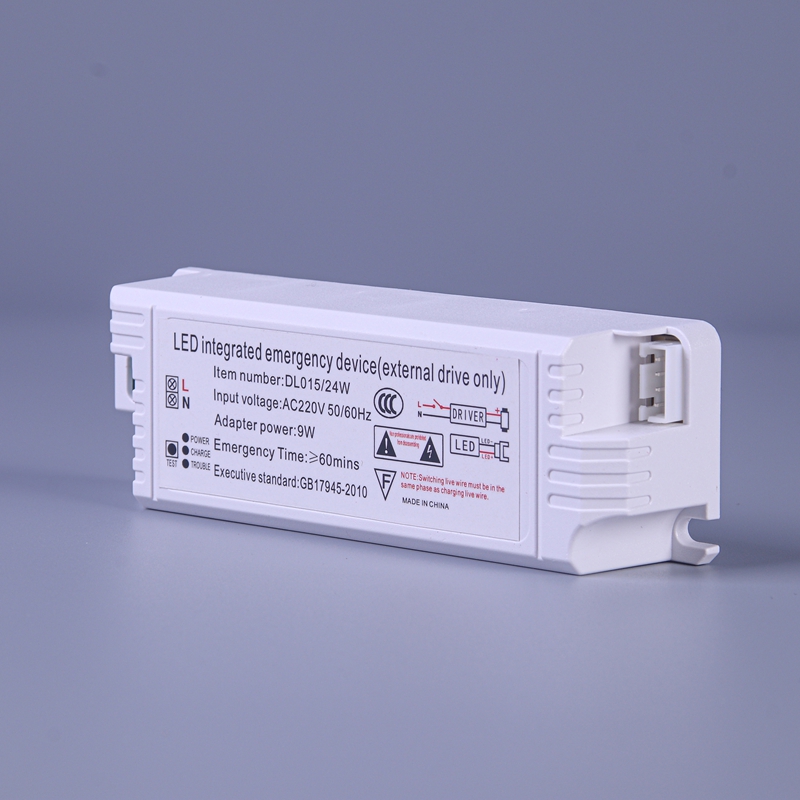 LED integrated emergency device
LED integrated emergency device -
 LED rechargeable emergency lamp with a capacity of 6 watts
LED rechargeable emergency lamp with a capacity of 6 watts -
 LED rechargeable emergency lanterns with a capacity of 9 watts
LED rechargeable emergency lanterns with a capacity of 9 watts
Connectedsearch
Related search- Chinese suppliers of emergency lamps Uran 6523 4 LEDs
- The emergency fixture lamp
- Emergency lamp 30 LEDs
- China Suppliers of Emergency Lighting NEF 07
- Emergency light lamp KL 30
- China Emergency Lighting KL 60 Plant
- China LED emergency lighting of suppliers arrows
- Emergency lamp BS
- Buy emergency lighting 3W suppliers
- Chinese suppliers of emergency ceiling lamps











